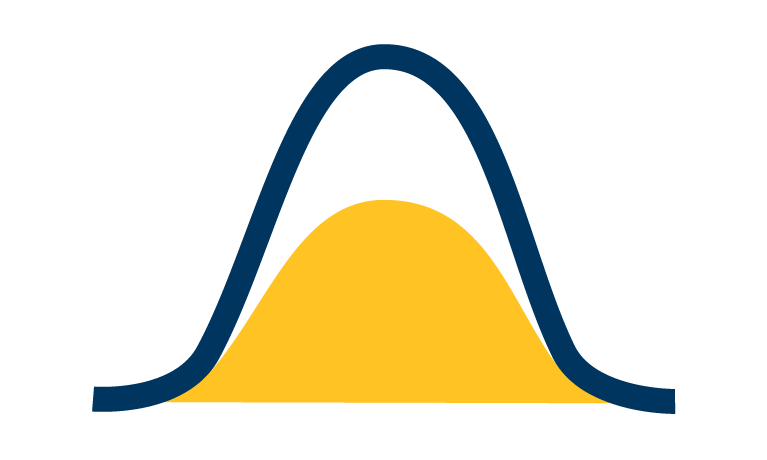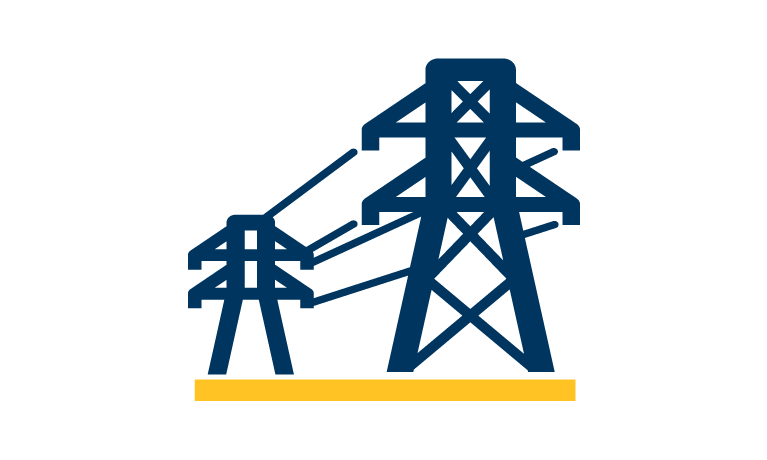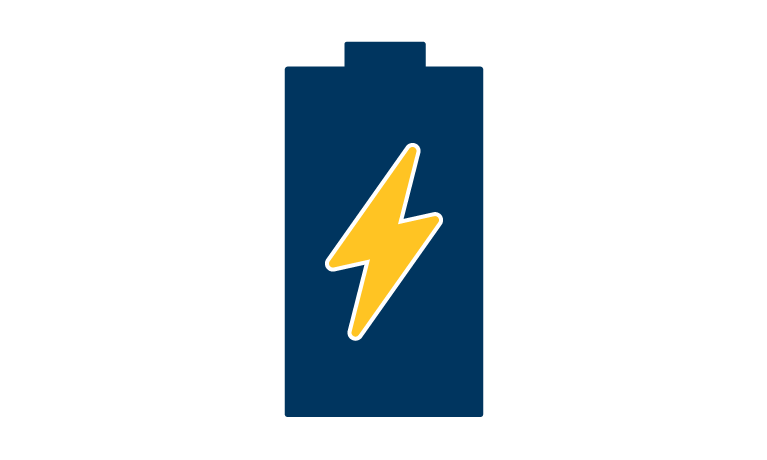The Future of Solar
As solar penetration increases due to rapidly declining costs, grid operators face new challenges in managing the variable nature of solar electricity to deliver safe, reliable, and affordable energy. During low load periods in spring and fall, there is often more midday solar electricity produced than the grid can incorporate. In the evening when the sun sets and solar production decreases as demand increases, conventional fossil fuel generation rapidly ramps to maintain grid balance between supply and demand.

Curtailment
Through smart controls, including curtailment targeted to provide reserves, solar can be used to create cost-effective flexible capacity that supports supply and demand balancing. This creates tangible value for the grid.
Grid Reliability
Solar out-performs conventional generation sources in rapidly providing key essential grid services such as frequency regulation. Leveraging targeted curtailment to provide fast response grid support services allows operators to more effectively manage ramping and regulation issues, making solar resources an effective tool that operators can use to flatten ramping issues and maintain reliability during daytime and early evening transitions.


Storage
With the addition of storage, solar can even provide firm capacity that can be dispatched as needed – just like a conventional generation plant.